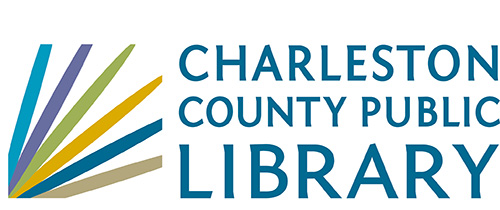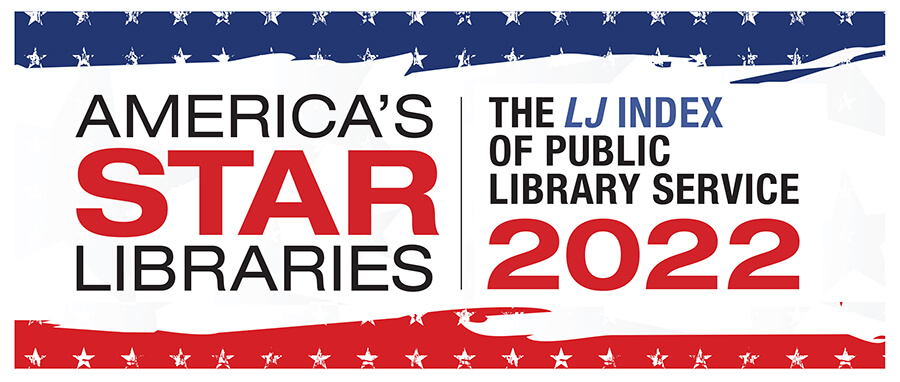Menu
×
West Ashley Library
Closed
Phone: (843) 766-6635
Wando Mount Pleasant Library
Closed
Phone: (843) 805-6888
Village Library
Closed
Phone: (843) 884-9741
St. Paul's/Hollywood Library
Closed
Phone: (843) 889-3300
Otranto Road Library
Closed
Phone: (843) 572-4094
Mt. Pleasant Library
Closed
Phone: (843) 849-6161
McClellanville Library
Closed
Phone: (843) 887-3699
Keith Summey North Charleston Library
Closed
Phone: (843) 744-2489
John's Island Library
Closed
Phone: (843) 559-1945
Hurd/St. Andrews Library
Closed
Phone: (843) 766-2546
Folly Beach Library
Closed
Phone: (843) 588-2001
Edisto Island Library
Closed
Phone: (843) 869-2355
Dorchester Road Library
Closed
Phone: (843) 552-6466
John L. Dart Library
Closed
Phone: (843) 722-7550
Baxter-Patrick James Island
Closed
Phone: (843) 795-6679
Main Library
2 p.m. – 5 p.m.
Phone: (843) 805-6930
Bees Ferry West Ashley Library
Closed
Phone: (843) 805-6892
Edgar Allan Poe/Sullivan's Island Library
Closed for renovations
Phone: (843) 883-3914
Mobile Library
Closed
Phone: (843) 805-6909
Today's Hours
West Ashley Library
Closed
Phone: (843) 766-6635
Wando Mount Pleasant Library
Closed
Phone: (843) 805-6888
Village Library
Closed
Phone: (843) 884-9741
St. Paul's/Hollywood Library
Closed
Phone: (843) 889-3300
Otranto Road Library
Closed
Phone: (843) 572-4094
Mt. Pleasant Library
Closed
Phone: (843) 849-6161
McClellanville Library
Closed
Phone: (843) 887-3699
Keith Summey North Charleston Library
Closed
Phone: (843) 744-2489
John's Island Library
Closed
Phone: (843) 559-1945
Hurd/St. Andrews Library
Closed
Phone: (843) 766-2546
Folly Beach Library
Closed
Phone: (843) 588-2001
Edisto Island Library
Closed
Phone: (843) 869-2355
Dorchester Road Library
Closed
Phone: (843) 552-6466
John L. Dart Library
Closed
Phone: (843) 722-7550
Baxter-Patrick James Island
Closed
Phone: (843) 795-6679
Main Library
2 p.m. – 5 p.m.
Phone: (843) 805-6930
Bees Ferry West Ashley Library
Closed
Phone: (843) 805-6892
Edgar Allan Poe/Sullivan's Island Library
Closed for renovations
Phone: (843) 883-3914
Mobile Library
Closed
Phone: (843) 805-6909
Patron Login
menu
Item request has been placed!
×
Item request cannot be made.
×
 Processing Request
Processing Request
Long-term Benefits of Home-based Preventive Care for Preterm Infants: A Randomized Trial.
Item request has been placed!
×
Item request cannot be made.
×
 Processing Request
Processing Request
- Author(s): Spencer-Smith, Megan M.; Spittle, Alicia J.; Doyle, Lex W.; Lee, Katherine J.; Lorefice, Lucy; Suetin, Anastasiya; Pascoe, Leona; Anderson, Peter J.
- Source:
Pediatrics. Dec2012, Vol. 130 Issue 6, p1094-1101. 8p. 1 Diagram, 4 Charts. - Source:
- Additional Information
- Subject Terms: PSYCHOLOGY of caregivers; CONFIDENCE intervals; EPIDEMIOLOGY; GESTATIONAL age; HOME care services; INFANT psychology; PREMATURE infants; EVALUATION of medical care; MENTAL health; PARENT-infant relationships; PREVENTIVE health services; QUESTIONNAIRES; REGRESSION analysis; RESEARCH funding; STATISTICAL sampling; SCALES (Weighing instruments); DATA analysis; EDINBURGH Postnatal Depression Scale; RANDOMIZED controlled trials; DATA analysis software
- Subject Terms:
- Abstract: BACKGROUND: We have previously reported improved caregiver mental health and infant behavior at 2 years following a home-based preventive care program for very preterm infants and their caregivers. This study aimed to determine the longer-term effectiveness of the program by reviewing caregivers and children at preschool age. METHODS: One hundred twenty very preterm infants (<30 weeks' gestation) were randomly allocated to intervention (n = 61) or control (n = 59) groups. The intervention included 9 home visits over the first year of life targeting infant development, parent mental health, and the parent-infant relationship. The control group received standard care. At 4 years' corrected age, child cognitive, behavioral, and motor functioning and caregiver mental health were assessed. RESULTS: At age 4 years, 105 (89%) children were reviewed. There was little evidence of differences in cognitive or motor functioning between groups. The intervention group had lower scores for child internalizing behaviors than the control group (mean difference -5.3, 95% confidence interval [CI] -9.6 to -0.9, P = .02). Caregivers in the intervention group had fewer anxiety symptoms (mean difference -1.8, 95% CI -3.3 to -0.4, P = .01) and were less likely to exhibit "at-risk" anxiety (odds ratio 0.3, 95% CI 0.1 to 0.7, P = .01) than those in the control group. CONCLUSIONS: This home-based preventive care program for very preterm infants has selective long-term benefits, including less caregiver anxiety and reduced preschooler internalizing behaviors. [ABSTRACT FROM AUTHOR]
- Abstract: Copyright of Pediatrics is the property of American Academy of Pediatrics and its content may not be copied or emailed to multiple sites or posted to a listserv without the copyright holder's express written permission. However, users may print, download, or email articles for individual use. This abstract may be abridged. No warranty is given about the accuracy of the copy. Users should refer to the original published version of the material for the full abstract. (Copyright applies to all Abstracts.)
- Subject Terms:
Contact CCPL
Copyright 2022 Charleston County Public Library Powered By EBSCO Stacks 3.3.0 [350.3] | Staff Login


No Comments.